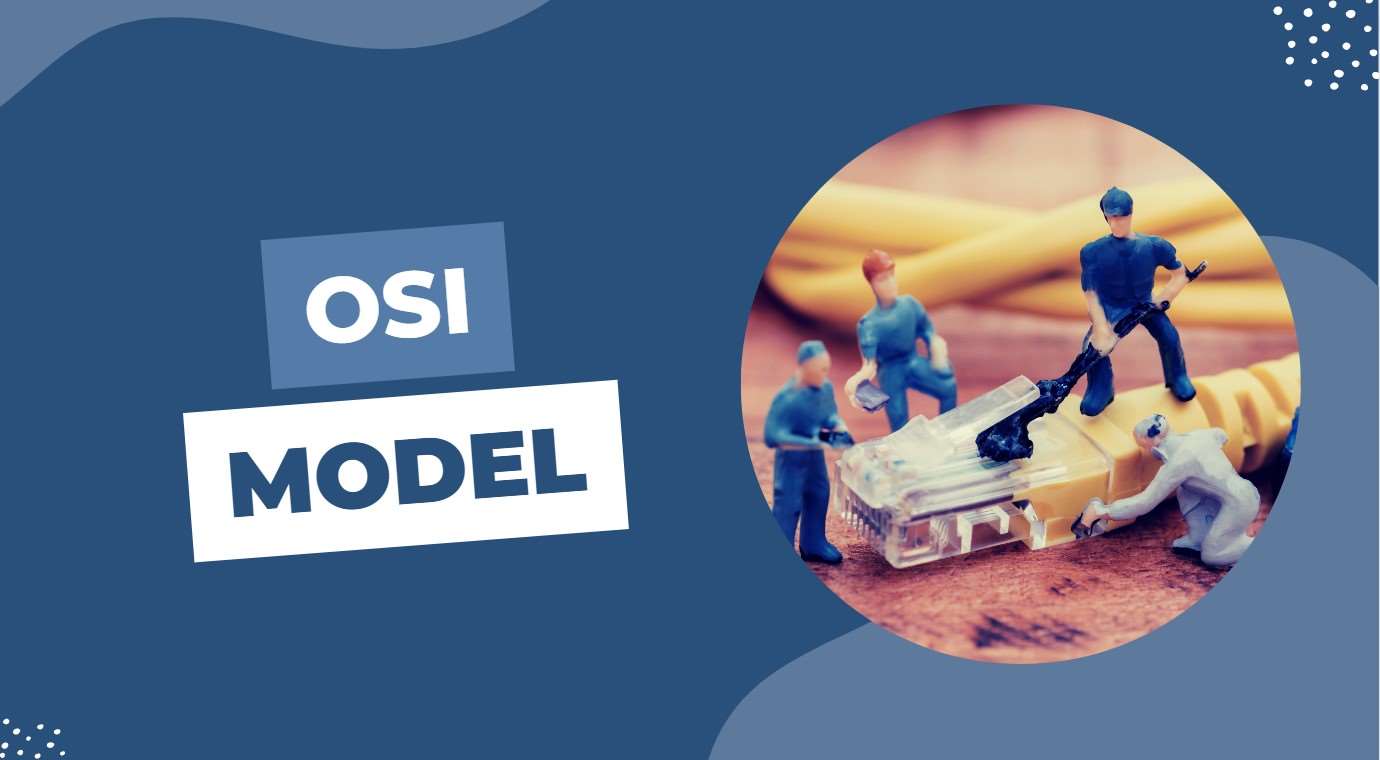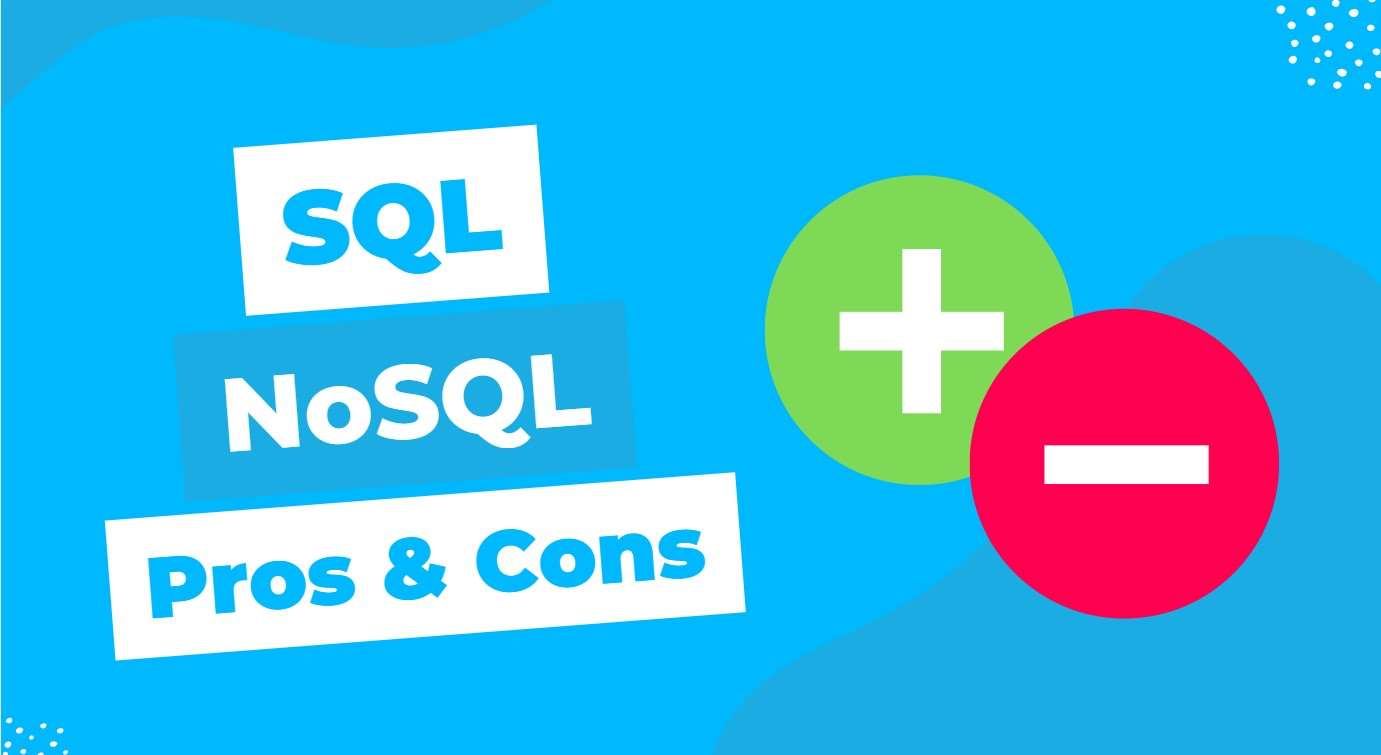What is the OSI Reference Model?
OSI (Open Systems Interconnection) is a layered reference model that demonstrates the functions needed by network devices or computers on the network to communicate through the network. The OSI reference model was developed by the International Organization for Standardization (ISO) and was formalized in 1984. [1]
What are OSI Layers? How OSI Layers Work
The OSI reference model consists of 7 different layers. The layers of the OSI model are, in order:
- Physical Layer
- Data Link Layer
- Network Layer
- Transport Layer
- Session Layer
- Presentation Layer
- Application Layer
Layers 5, 6 and 7 of the OSI model are in the upper layers; Layers 1, 2, 3 and 4 are grouped into lower layers.
Application Layer-7
The Application Layer is the 7th layer of the OSI reference model that provides an interface between user applications and the network. Examples of user applications are web browsers, e-mail clients, access programs to internet services.
User applications are processed at the layer through various protocols. The user performs an action through the application. Afterwards, the user application interacts with the protocols.
Examples of protocols used in the application layer are:
- FTP (File Transfer Protocol)
- SMTP (Simple Mail Transfer Protocol)
- HTTP (Hyper Text Transfer Protocol)
- POP3 (Post Office Protocol)
Presentation Layer-6
The Presentation Layer is the 6th layer of the OSI reference model, which allows controlling the syntax and format of the data coming from the application layer, converting it to different data types if necessary, and performing encryption/decryption or compression/decompression operations.
The presentation layer ensures that the data is understood by the sending and receiving applications, and the conversion process is performed in case of conflict between the data.
Photo, audio, video, etc. in the presentation layer. Examples of the formats of data of types are:
- Photo: JPG, PNG, TIFF
- Video: AVI, MOV, MP4
- Audio: MP3, WAV, MIDI
- Text: ASCII, EBCDIC, RTF
Session Layer-5
The Session Layer is the 5th layer of the OSI model, which provides the establishment, maintenance, and termination of the session necessary to ensure the communication of computers. It enables the session to resume from where it left off in cases where the session cannot be resumed or interrupted for some reason.
Session communication can be done in different categories. The categories that enable session communication are: [1]
- Full-Duplex - simultaneous and two-way communication
- Half-Duplex - asynchronous two-way communication
- Simplex - one-way communication
Transport Layer-4
The Transport Layer is the 4th layer of the OSI model that checks whether a data is transmitted to the final receiver without error. The transport layer is responsible for transporting data and delivering it to its destination correctly, as opposed to sending data.
Communication in the transport layer is examined in two categories: [1]
- Connectionless - the connection must not be established before the data is sent.
- Connection-oriented- A connection must be established on it via parameters before the data is sent.
Network Layer-3
The Network Layer is the 3rd layer of the OSI model responsible for the communication of data on the network. It allows information blocks called packets to be transmitted end-to-end through various nodes. [2]
Some of the protocols used at the network layer are: [1, 2]
- TCP/IP - internet protocol
- Internetwork Packet Exchange (IPX)
Advertising
Data Link Layer-2
The Data Link Layer is the 2nd layer of the OSI model responsible for transporting data in a network. It has functions such as converting the data into logical signal blocks called frames, correcting the errors and obtaining the correct ones, and warning the sender according to the situation. [2]
The data link layer has two sublayers: [1]
- Logical Link Control (LLC)
- Media Access Control (MAC)
Data link frames consist of source and destination hardware addresses. Hardware addresses that allow a server to be uniquely identified are encoded into the interfaces of physical networks. The most well-known hardware address is the MAC address. [1]
Physical Layer-1
The Physical Layer is the 1st layer of the OSI reference model, which enables the physical transport and marking of bit-shaped data through various hardware.
The transfer of data at the physical layer can be achieved in several ways: [1]
- Cabling
- Hubs
- Wireless radios
- Connectors and transceivers
The OSI reference model, which was formalized by ISO in 1984, is one of the concepts used in network communication today. In this article, I have shared with you what the OSI reference model, which consists of 7 layers in total, is, what the OSI layers are, and what they do, based on my research. Hope it's useful. Goodbye.



Be the first to comment.